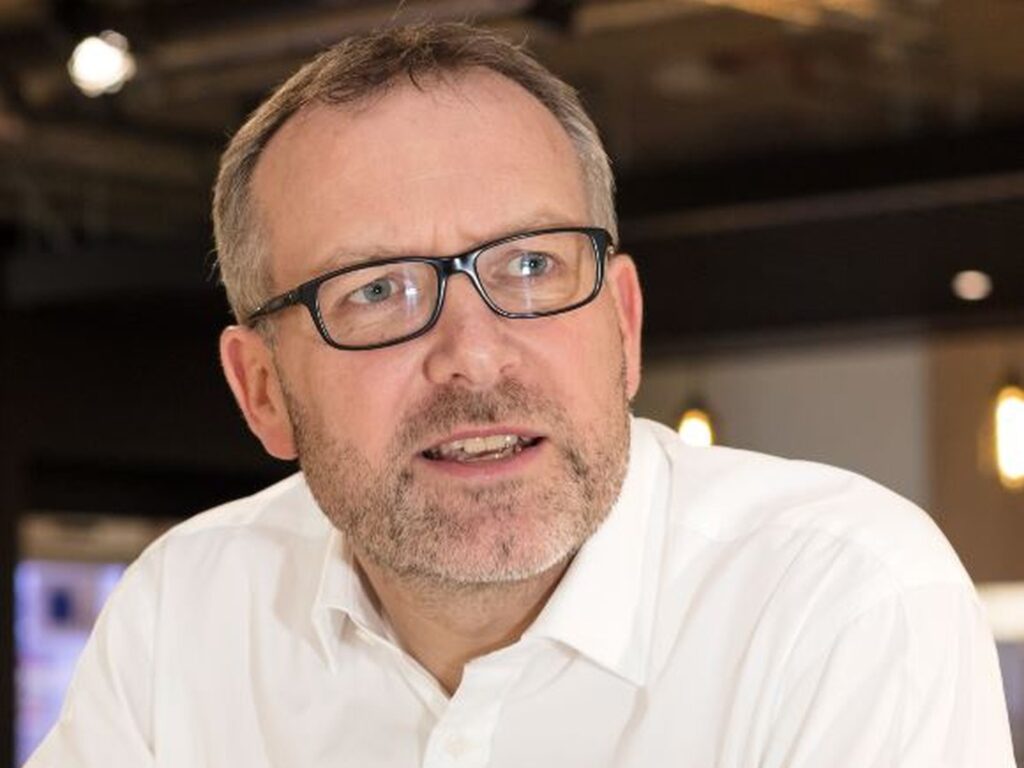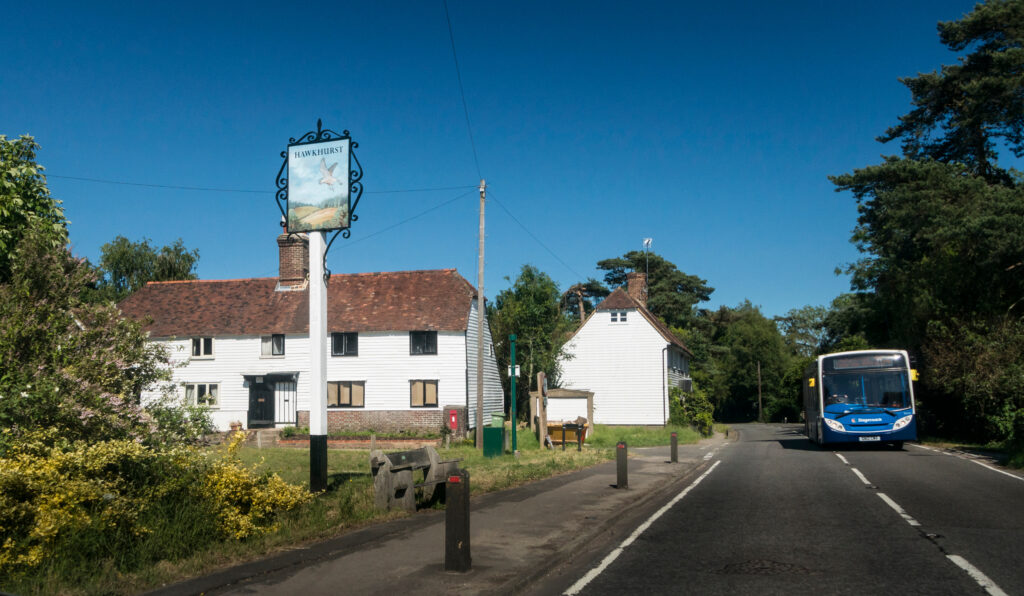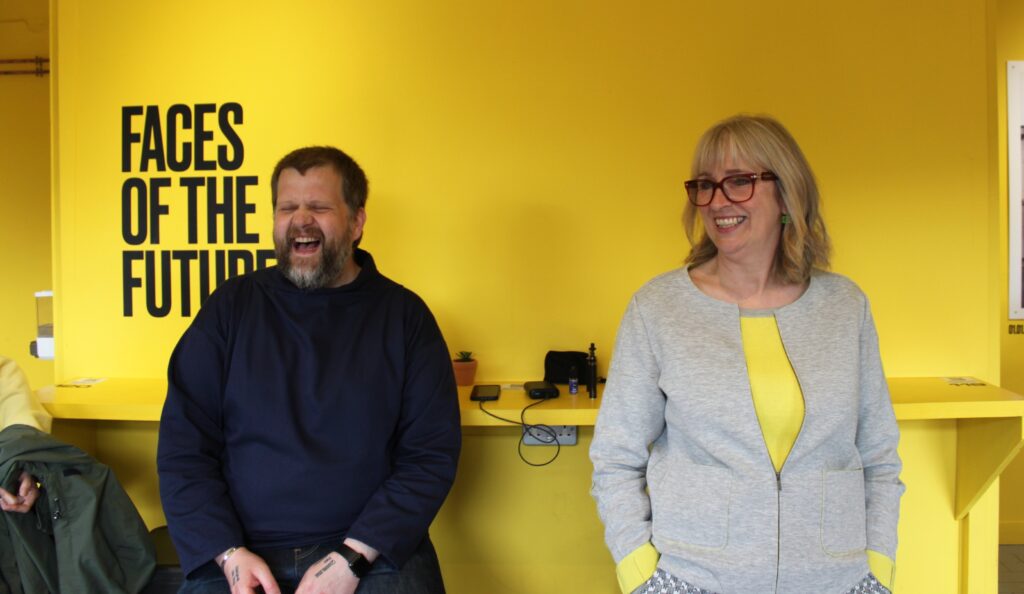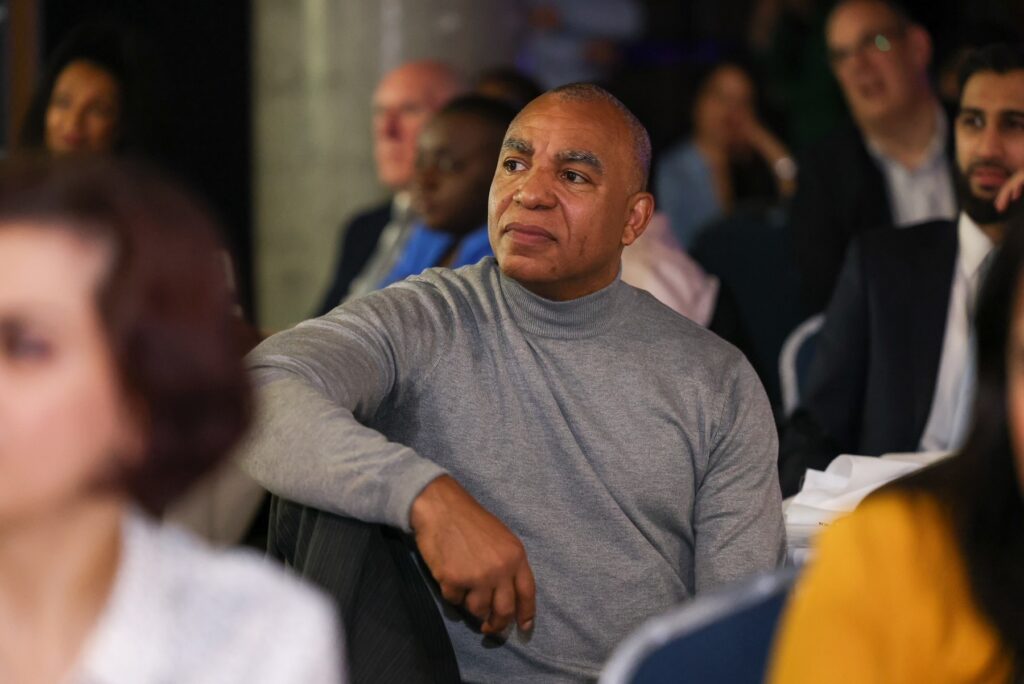How do you solve a problem like Procurement?

“Governments and their public sector organisations operate in volatile, uncertain, complex and ambiguous contexts and must contend with a variety of challenges, such as digital transformation, energy poverty, environmental degradation, climate change and inequality… In such a context, it cannot be assumed that existing structures, processes and interventions remain the most appropriate or effective means for the public sector to achieve its purpose and deliver upon government and citizen needs and expectations“. From the OECD declaration on Public Sector Innovation
Every day at the Connected Places Catapult, I am excited by emerging technologies, applied solutions, and brilliant businesses. At the same time, I grow concerned that as a country we are only making slow progress in harnessing these innovations to deliver benefits for places and the people who live in them.
As a Catapult charged with tackling market failures, we have sought to understand the reasons for this slow progress. Ask any business seeking to provide services to the public sector what their greatest challenge is and you will hear that public procurement is a serious problem. Ask pioneering place leaders what is stopping them from harnessing the creativity of the market to solve their pressing service and policy challenges and you will get the same answer: our procurement policy doesn’t allow it.
This is not just an issue confined to the UK. In May 2019, the UK became a signatory to a wide ranging and ambitious OECD declaration, which committed us to make the public sector more innovative.
So in response to this widely recognised market failure, and rising to the OECD’s call to action, we have instigated this new project which we have called Challenging Procurement. We will be undertaking new research and seeking to engage experts from across the ecosystem as we explore this issue. I am eager to hear from place leaders, procurement professionals, commissioners and innovators in local services, and from those endeavouring to sell into that market about your experiences of public procurement and encouraging examples of pioneering practice.
Thank you to those public sector leaders and experts who have already contributed to our understanding of this topic. We will pool these insights (which you can read more about in this post summarising a recent roundtable) with new ones generated as the project progresses. We will share those findings with all of you, and use them to frame our own plans to support innovation in public procurement from now on.
Our ambition in undertaking this work is to identify some practical actions which will remove obstacles to innovation and create opportunities for new solutions. I hope that you share our vision, and will join us in the journey ahead to solve the problem of procurement.














